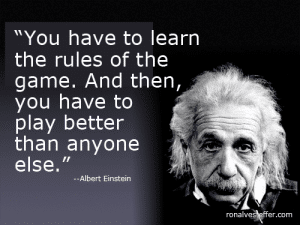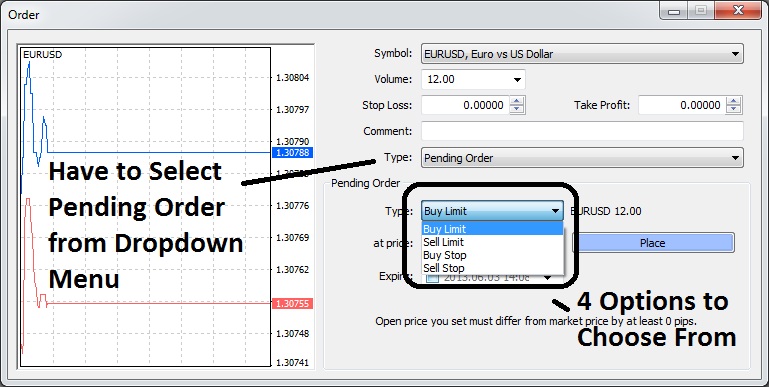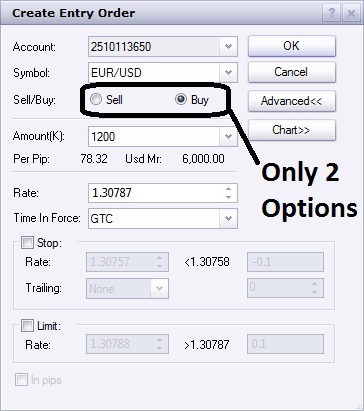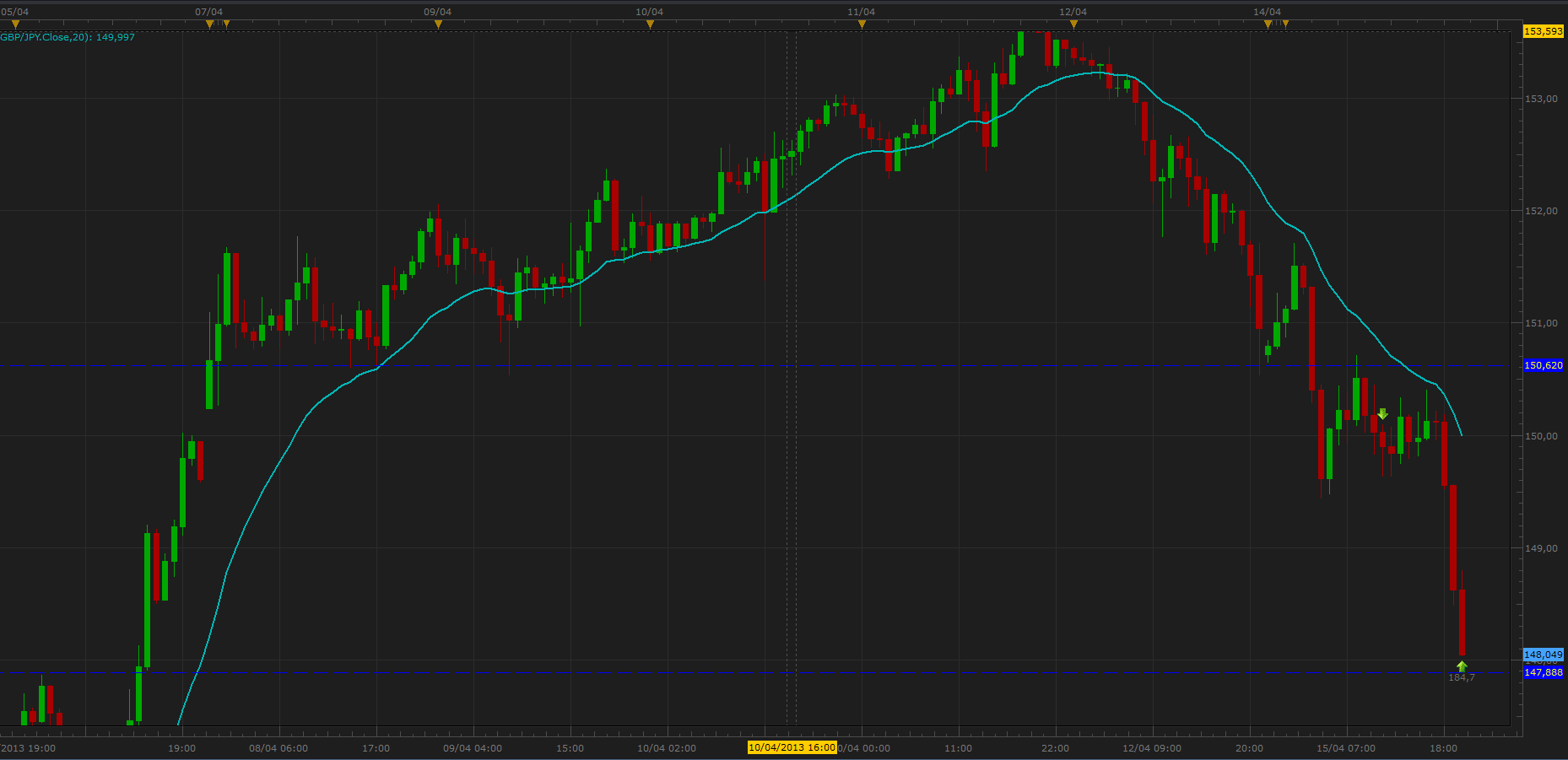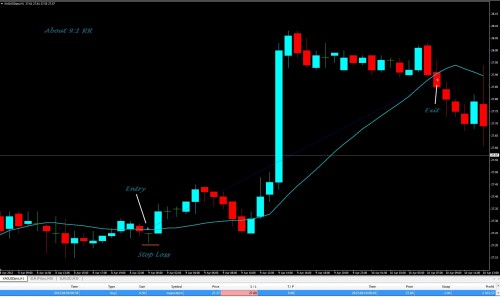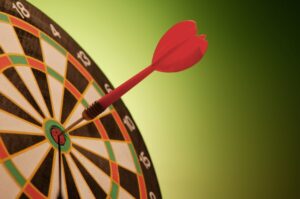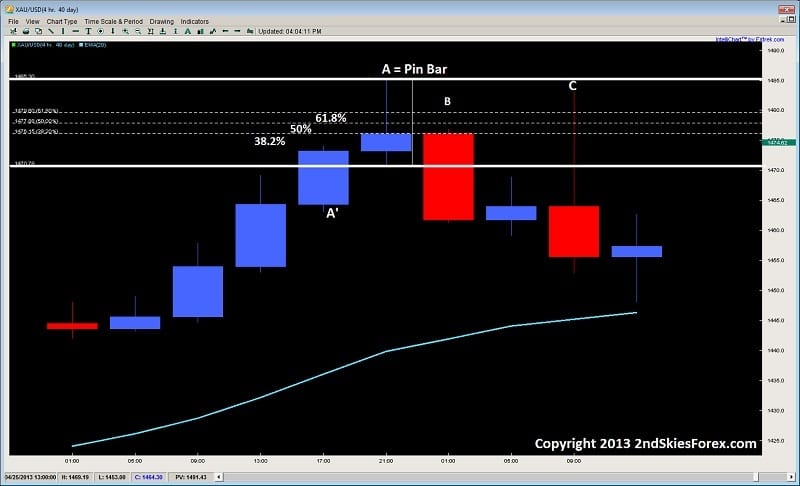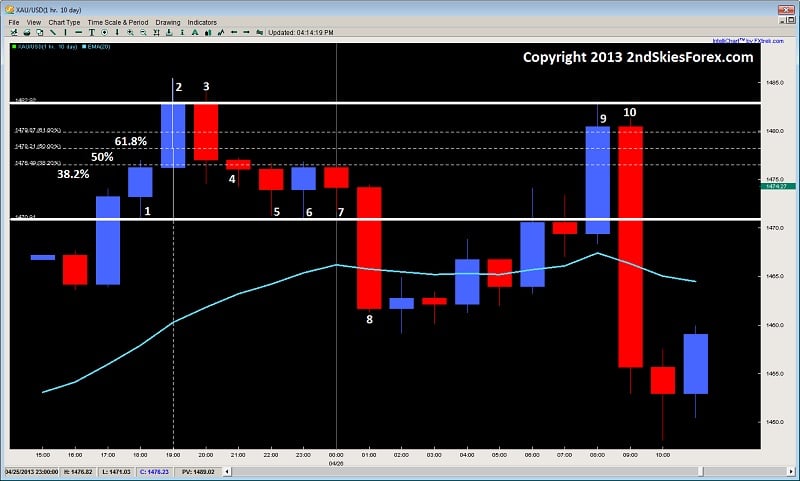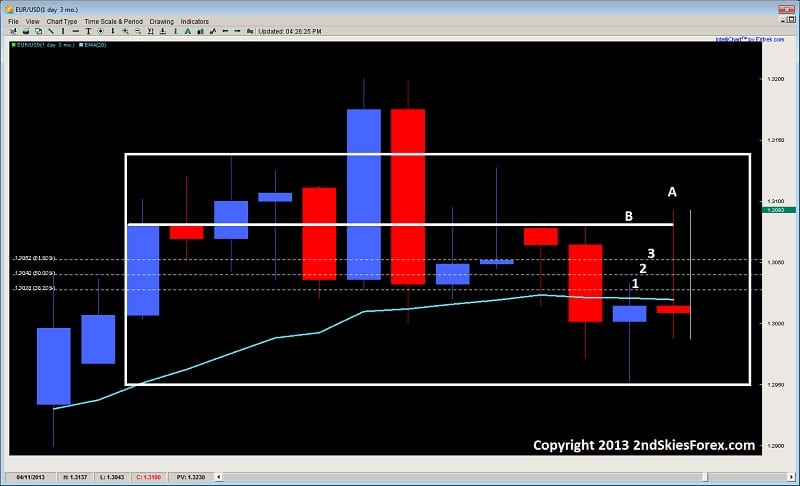I recently had a really good Q&A session with a student in my price action course, who had asked a really important question. He was having a hard time discerning when to follow the rules to develop consistency in their forex trading, while having flexibility to ‘adjust‘ the rules in the right circumstances.
This is an absolutely fantastic question, and an important one for sure. Thus, I decided to write a two-part article on this subject, discussing the differences, advantages and disadvantages of rule based systems vs. discretionary systems.
In today’s article, I will introduce the student’s question, then share my response, what I see and why, along with a few added comments. In the companion article, I will talk about which of the two systems above I prefer, why I teach them, what are the advantages, and how you can develop them for your trading.
Steve’s Question (my student):
“I see a conflict between striving to gain the consistency to follow the rules but then having the flexibility to know when to break the rules. If we are talking about consistency and always following rules then I am all for that but my, admittedly limited (2 year), experience tells me that the markets are unforgiving of mechanical systems, as what works during this 6 month period might not work in the next 6 month period. Or swap out 6 months and replace with an/other time period.“
My Response Below:
“This is a really good question, and I’m glad you asked so will share several thoughts on this.
In the beginning – follow the rules. Learn them inside and out and follow them to the tee.
Why? Because this discipline forms the base of your training and mindset, which in turn allows you to build neural pathways that are critical to trading. If you do not follow the rules, or any set of rules in the beginning, then the neural pathways which form your base for trading knowledge you draw on, will be haphazard, and lead to inconsistent trading.
The other benefit of following the rules/building this discipline (in the beginning) is that it builds certain qualities (psychological) which will be highly useful for trading throughout your entire career. One example is patience – there will be many times you want to break the rules and trade a setup because something looks interesting to you in the charts.
Guess what? This will always be the case. There will always be other setups outside your rules. But deviating off course to try something on your live account isn’t the best place to find out. That should be done in demo or during simulation practice – not live trading.
During live trading, you should already have a clear set of rules in place which you follow inside and out. If there are no setups according to your rule based trading system, then that is part of the deal – but don’t let your impatience take you away from your discipline.
When Do You Break the Rules?

As to when to break the rules, this is only done after;
a) You can execute the system according to the rules without any thinking (i.e. automatically) – or on a sub-conscious level without thinking.
and
b) You are trading profitably already. This way if you adjust the rules and start losing money, you have a base to go back to where can resume making money while also trading consistently.
As to point a, we first have to get to the place where we are trading on a sub-conscious level which is only done through repetition. Very much like the archer who will do thousands of shots to make sure their mechanics are the same, we also have to build these neural pathways so we can execute our trades automatically, without thinking or hesitation.
When you get to this stage of trading sub-consciously, you’ve built the foundation of discipline, and have probably done enough trades (min. 100+ per system) to start seeing subtleties in the price action to ‘adjust‘ some of the entry rules a bit.
As to point b, the reason why we wait till we are already trading profitably, is this provides a SL on losing money. What do I mean by this? It is a psychological buffer, so that you always have something you can go back to (which will make money). This protects your mental capital, because you know you have something that already works.
Thus, if you are going to adjust/break the rules, this should be done practicing on demo or sim using your adjusted entries. Just make sure when you ‘adjust‘ your entries, you are still coming up with rules for those adjustments, so you can test the validity of those rules individually. The key is to know the difference between which rules can be adjusted, and which are the core of the system.

